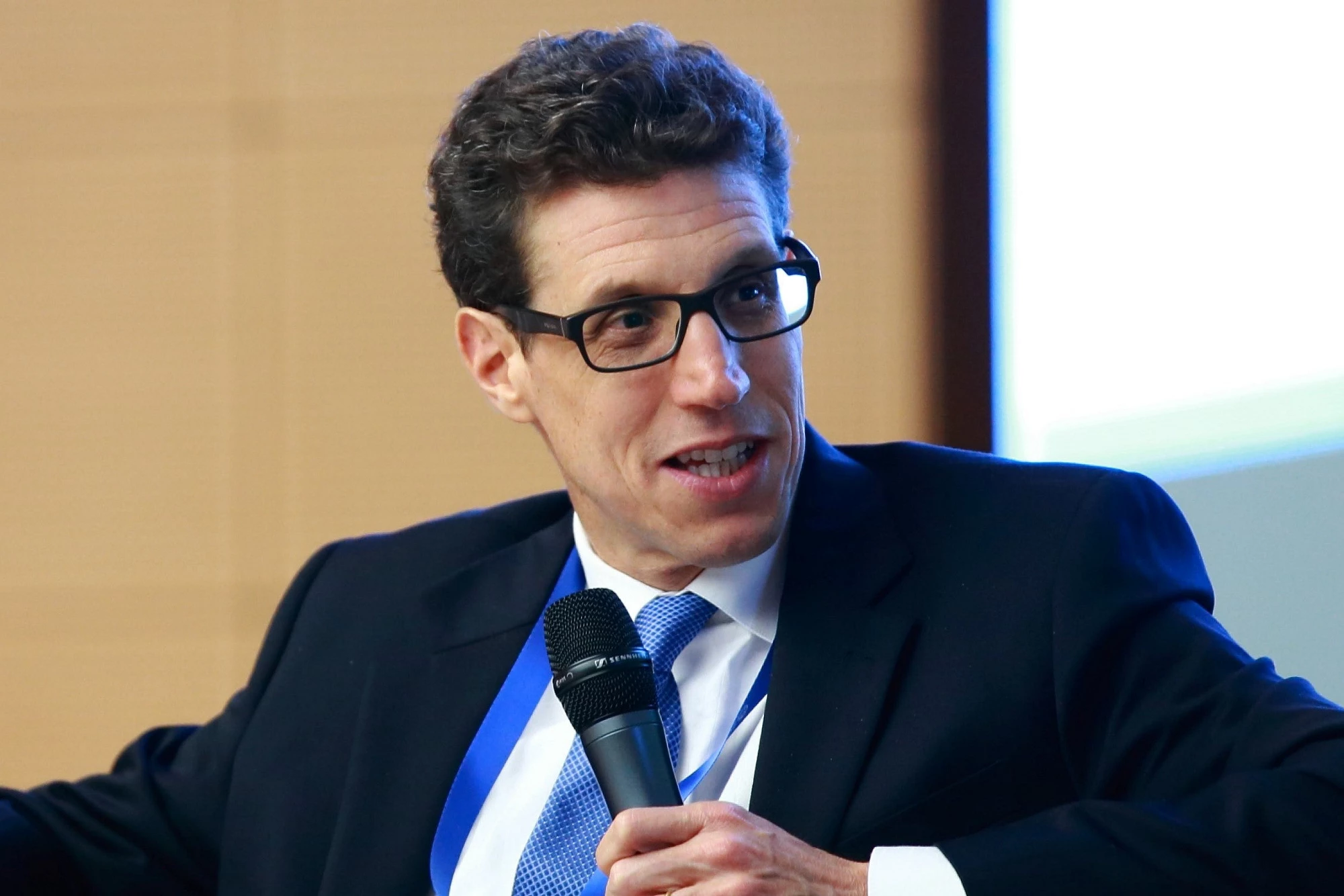This post is part of a series highlighting the key findings of the Global Financial Development Report 2015 | 2016: Long-Term Finance. You can view the entire series at gfdr2015.
Policy makers debate about which financial institutions they need to foster to create a supply of long-term finance. One difficulty in this debate is the lack of evidence about the behavior of different types of financial intermediaries. Chapter 4 of the Global Financial Development Report (GFDR) tries to fill this void by compiling different pieces of evidence from around the world.
Banks. The evidence suggests that, although banks are the most important source of long-term finance for firms in developing countries, they tend to lend at significantly shorter maturities than those in high-income countries and thus are not able to compensate for market failures and policy distortions. Low inflation, country risk, strong institutions, and a contestable banking sector all seem to be significantly correlated with a higher share of long-term bank financing.
Pension funds and insurance companies. The evidence from Chile shows that the development of large and sophisticated pension funds does not guarantee an increased demand for long-term assets. Despite managing long-term savings, domestic pension funds structure their portfolios with significantly shorter maturities than domestic insurance companies. The short-termism of pension funds does not stem from a lack of long-term instruments for sale or from a weak legal framework. Short-termism is driven mainly by the short-term monitoring exercised by the underlying investors. This type of monitoring may explain why these funds avoid investing in long-term bonds, which may have poor short-term performance but higher long-term returns. This fact highlights the importance of aligning fund managers’ incentives with those of the investors by reducing the focus on regulations based on short-term performance. Insurance companies, in contrast, do not face this problem since the need to meet long-term liabilities gives them incentives to hold long-term assets.
Mutual funds. Cross-country evidence on mutual funds suggests that foreign corporate issuances from developing countries tend to be longer-term than domestic issuances, signaling that firms in developing countries might find it easier to obtain long-term financing from foreign investors than from domestic ones. Hence, the evidence indicates that foreign investors might be an avenue for extending corporate debt maturities because they hold more long-term domestic debt than domestic investors. As a consequence, it might be difficult to extend the maturity structure by relying only on domestic mutual funds. However, attempts to extend debt maturities through the promotion of foreign institutional investors entail an important trade-off because economies become more susceptible to foreign shocks.
Sovereign wealth funds (SWFs). SWFs are state-owned funds that invest sovereign revenues in real and financial assets, typically with the aim of diversifying economic risks and managing intergenerational savings. SWFs often have an explicit mandate to manage intergenerational savings, so they typically also have a much longer investment horizon than other investors. As a result, they are in principle better able to invest in illiquid assets with longer maturities and reduce the volatility of capital flows to the markets in which they invest. Although SWFs have made many highly visible investments in developing countries, their overall investment patterns are still heavily concentrated in liquid assets in high-income countries; despite their different mandate and risk profile, they do not differ much from other institutional investors in this respect.
Private equity (PE). Aside from the financial intermediaries mentioned above, an asset class thought to provide long-term finance is PE, which consists of long-term equity investments in private companies not listed on a stock exchange. PE investments are an increasingly important source of entrepreneurial finance in developing countries. This type of investment not only offers capital but it can also provide management expertise, technology, and innovation. Moreover, PE investments may benefit investee companies by strengthening their corporate governance and transparency directly. Despite all the potential benefits, PE investments remain small and are heavily dependent on the institutional quality and depth of capital markets in the country of investment. PE investments go predominantly to countries with better investor protection, legal institutions, and corporate governance standards. This implies that, among developing countries, only the most developed markets tend to receive sufficient PE inflows to make these alternative investments an economically meaningful source of long-term finance.
Given the difficulties in ensuring a proper provision of long-term finance, policy makers might want to revise their expectations and not rely just on setting up new financial intermediaries in the hope that long-term financing will emerge by itself. Instead, they might want to focus on the institutional framework and in generating incentives for participants to lend more long term. For developing countries, access to international intermediaries might also help.


Join the Conversation